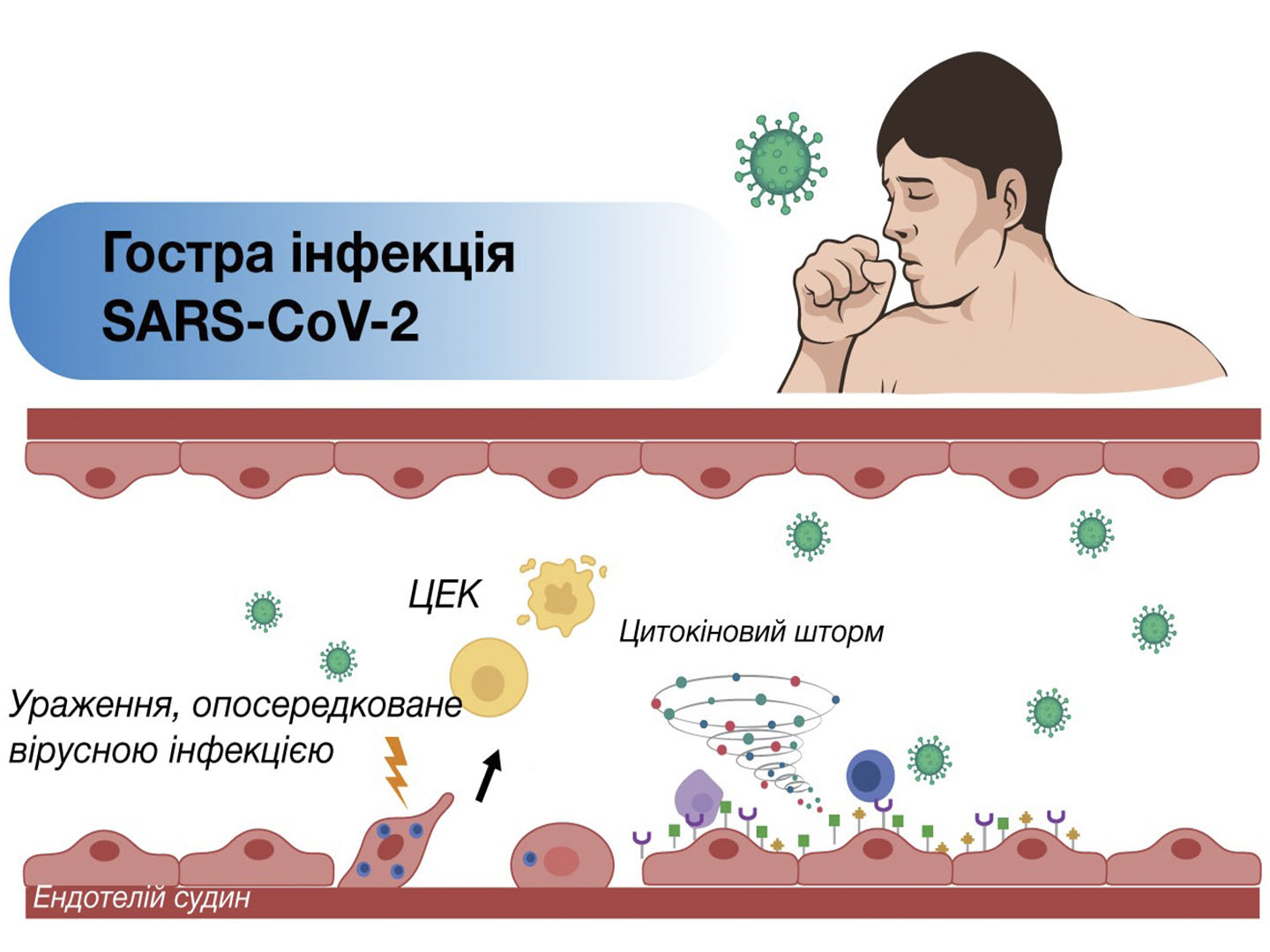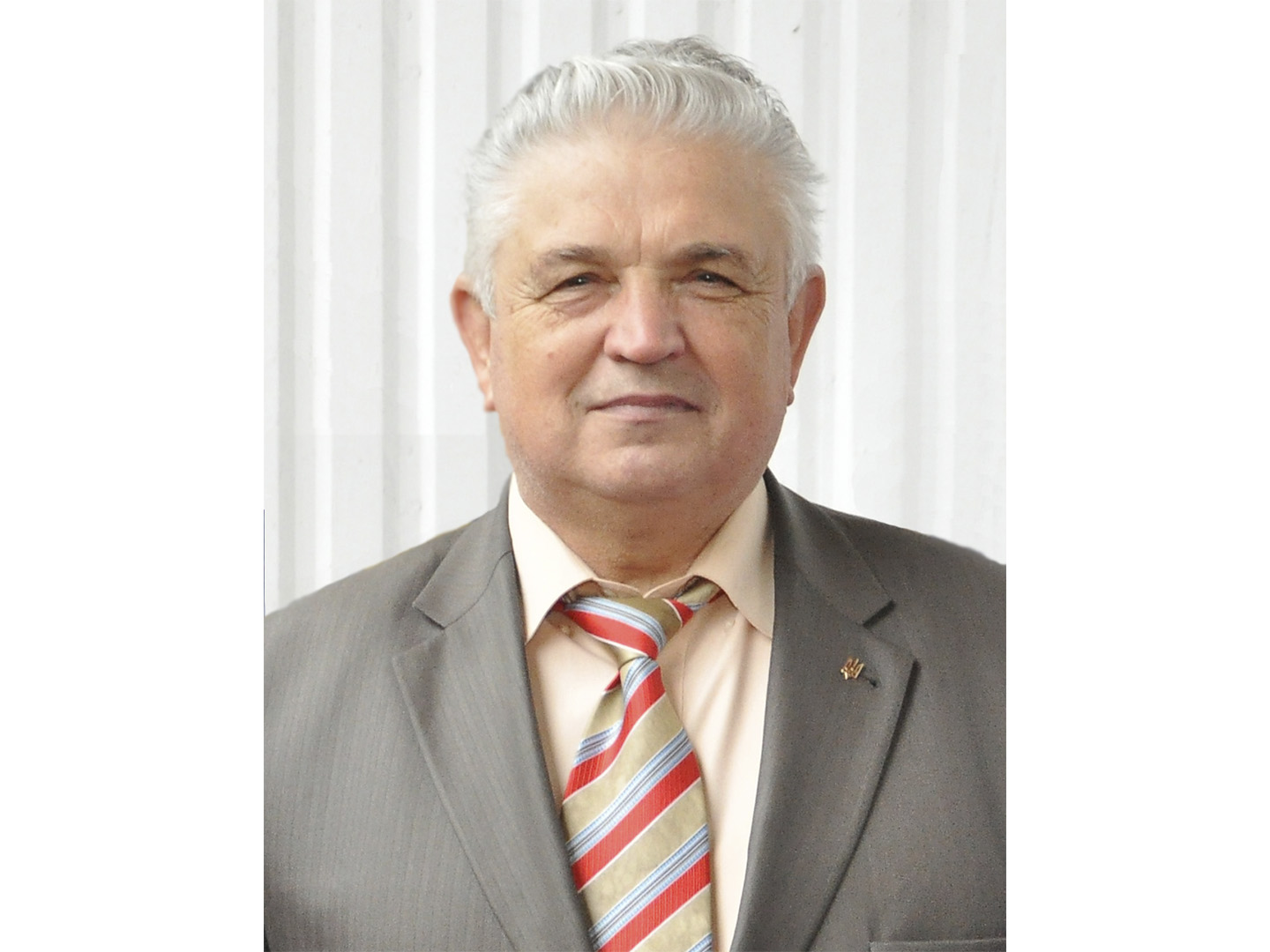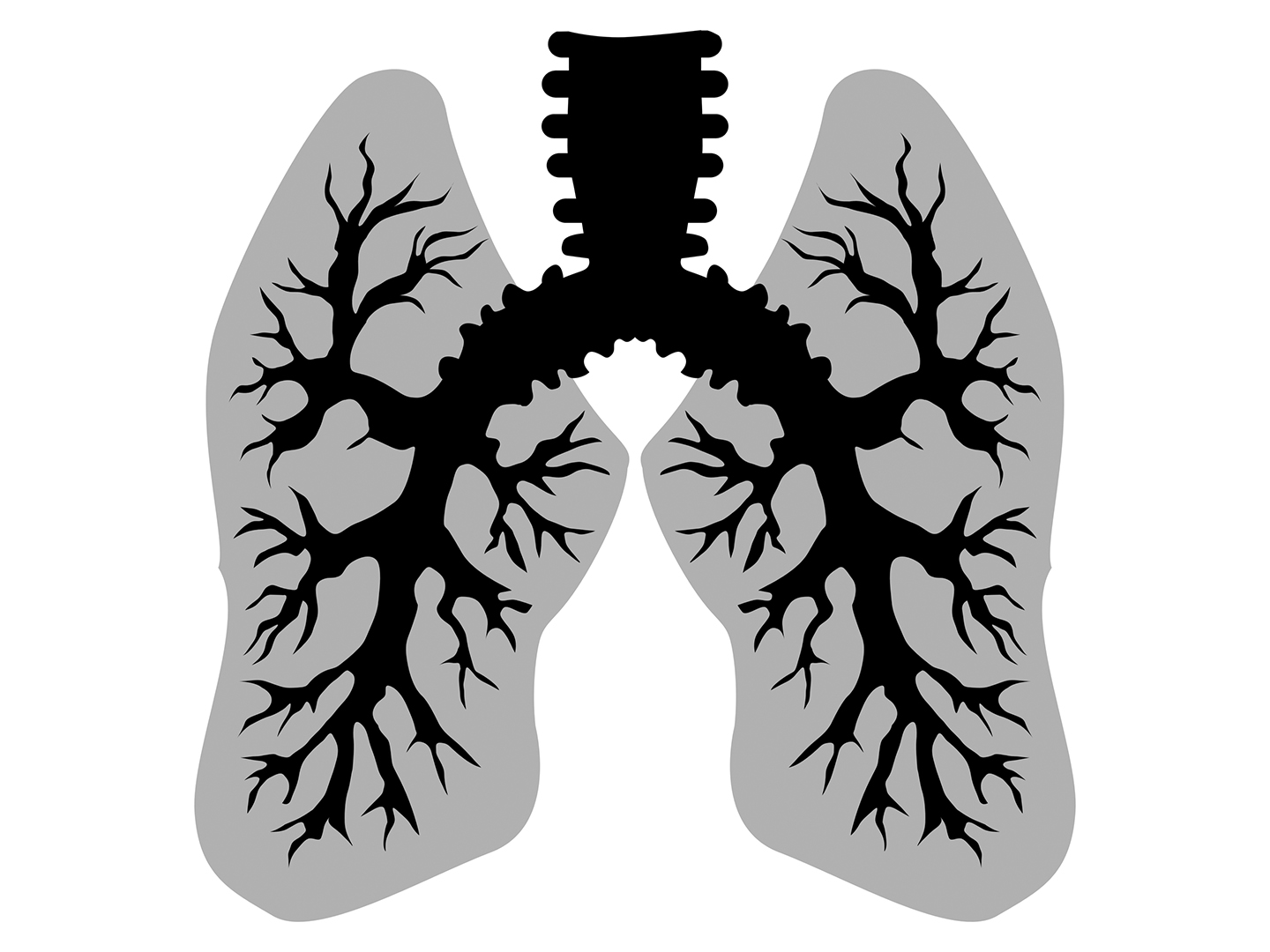Specifics of correctional metabolic therapy in patients with acute myocardial infarction and diabetes mellitus
Higher state education establishment of Ukraine “Ukrainian Medical Stomatological Academy”.
Summary. There were examined 51 patients with acute myocardial infarction, including 26 with diabetes mellitus to determine the specifics of metabolic therapy with glucose-insulin-potassium in patients with acute myocardial infarction and type 2 diabetes mellitus. It was found that severity of acute heart failure by Killip and cardiogenic shock in patients with acute myocardial infarction were greater in patients with diabetes mellitus. The of use glucose-insulin-potassium in patients with acute myocardial infarction and type 2 diabetes mellitus is justified, particularly considering its antiarrhythmic effect. GIP infusion had no significant effect on blood glucose levels, which may indicate the safety of such ratios of glucose, insulin and potassium chloride.
Keywords: acute myocardial infarction, diabetes mellitus, glucose-insulin-potassium (GIP).
Group of patients with acute myocardial infarction (AMI) and diabetes mellitus (DM) comprises one of the patient categories in modern cardiology, who have poor prognosis, despite considerable achievements of thrombolytic therapy. In such patients, compensatory ability of undamaged by infarction myocardium is decreased due to following mechanisms: initial congestive heart failure, caused by diabetic cardiomyopathy, severe coronary artery disease, decreased vasodilation reserve of epicardial and resistance arteries and myocardial metabolism disturbances [1, 3]. So, the influence on one of those segments by the glucoseinsulin-potassium (GIP) is used for more than 50 years in practical cardiology.
The goal of study was to determine specifics of metabolic therapy with glucose-insulin-potassium in patients with acute myocardial infarction and type 2 diabetes mellitus.





